Farewell to Zaha Hadid, the grand dame of architecture (1950–2016)
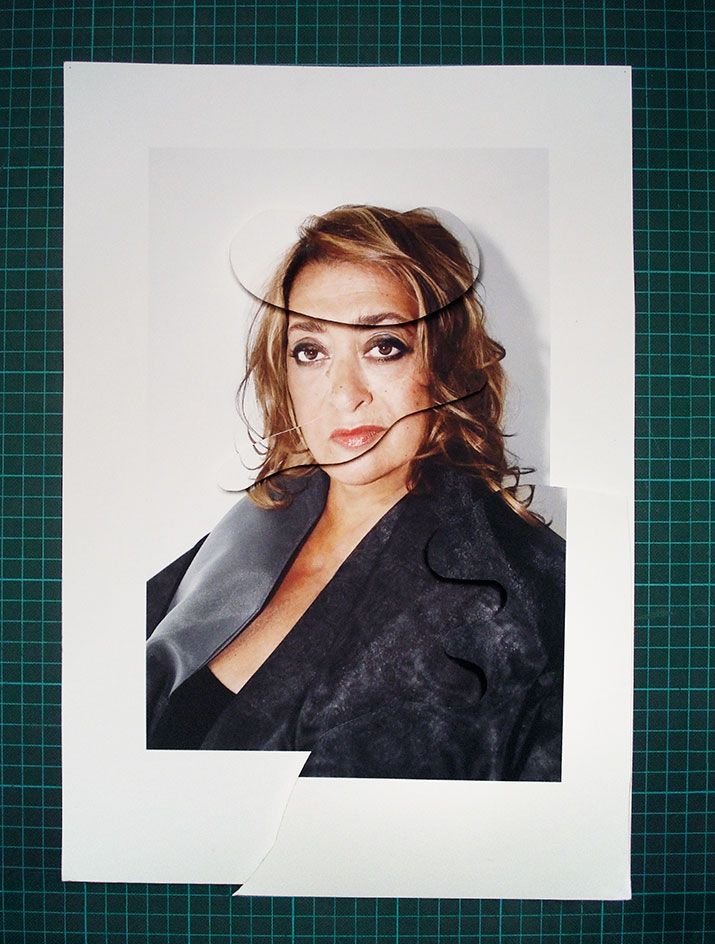
Dame Zaha Hadid, DBE passed away in Miami in the early hours of Thursday, 31 March.
Few architects defined an era like Hadid did. Born in Baghdad in 1950 she began her journey in architecture at the Architectural Association in London in 1972, following a degree in mathematics at the American University of Beirut.
Her work stood out for its innovative approach, mesmerising curves and beauty, that was simultaneously poetic and revolutionary. Her unique way of form-making was like nothing the architecture world had seen before and inspired a whole generation of architects. Her explorations in unexpected, dynamic shapes and innovative technologies transformed our perceptions of what architecture should look like and raised the bar for many who followed.
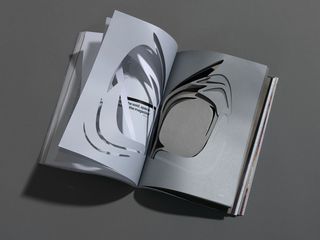
Her ground-breaking practice kicked off with theoretical works such as The Peak in Hong Kong (1983), a competition that sadly never came to be built; the Kurfürstendamm in Berlin (1986); and the Cardiff Bay Opera House in Wales (1994). Her own practice, Zaha Hadid Architects, was set up soon after graduation, in 1979, following a two-year period at the Office of Metropolitan Architecture (OMA).
Her first built project was the fairly modest (in size, at least) Vitra Fira Station in Weil Am Rhein, Germany, completed in 1993. Once she started building, the world was charmed and commissions kept coming in. The list is long, notable buildings including the MAXXI: Italian National Museum of 21st Century Arts in Rome (2009); the celebrated London Aquatics Centre for the 2012 Olympic Games (2011); and the more recent Heydar Aliyev Centre in Baku (2013).
Her work was as forward-thinking and thought provoking as it is timeless. 'Her work, though full of form, style and unstoppable mannerism, possesses a quality that some of us might refer to as an impeccable "eye" – which we would claim is a fundamental in the consideration of special architecture and is rarely satisfied by mere "fashion",' said Sir Peter Cook on the occasion of her 2016 RIBA Royal Gold Medal win.
Hadid was also widely recognised as one of the greatest female architects practicing internationally. And this is only one of the myriad ways her work stands out – for her distinctions were many. A 2004 Pritzker Architecture Prize Laureate (the first woman ever to receive the honour), she was also awarded the RIBA Stirling Prize twice, alongside more accolades in the UK and abroad. She was also one of the first ever Wallpaper* guest editors, lending her design charisma to our pages in 2008’s October issue.
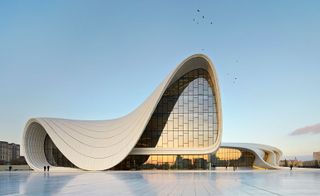
Here, we pay tribute to one of the most significant architectural practitioners of the 20th and 21st centuries. Pictured: Heydar Aliyev Centre in Baku, Azerbaijan (2007–2012).
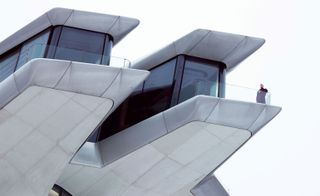
Featured in the April 2015 issue of Wallpaper*, Vladislav Doronin’s $160m Hadid-designed space rocket/private home.
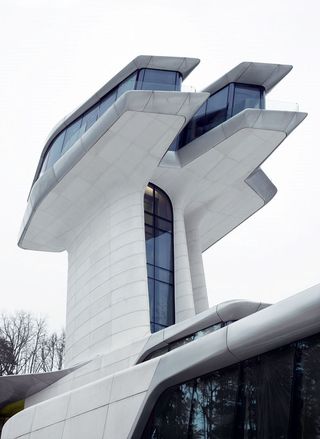
‘People told me it couldn’t be built,’ says Vladislav Doronin of his $160m home. ‘The builders said it couldn’t be built. At times, I thought it couldn’t be built. But Zaha, who is a strong woman, very intelligent, very smart – a genius, in fact – insisted.’
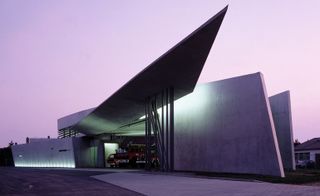
Hadid’s first built project was the fairly modest (in size, at least) Vitra Fire Station in Weil Am Rhein, Germany, completed in 1993.
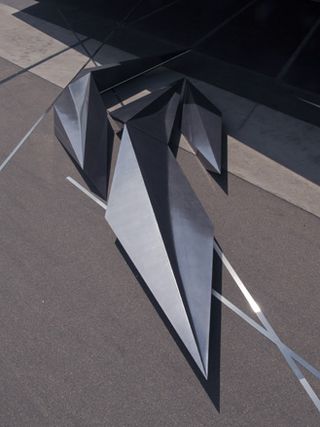
The 2013 ’Prima’ installation for Swarovski at the Vitra Campus.
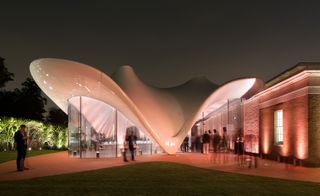
Her work stood out for its innovative approach, mesmerising curves and beauty, that was simultaneously poetic and revolutionary. Pictured: Hadid’s Serpentine Gallery
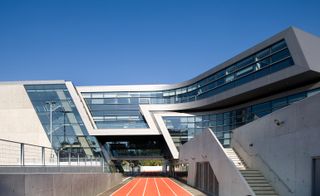
Her own practice, Zaha Hadid Architects, was set up almost straight after graduation, in 1979, following a two-year period at the Office of Metropolitan Architecture (OMA). Pictured: Evelyn Grace Academy, London
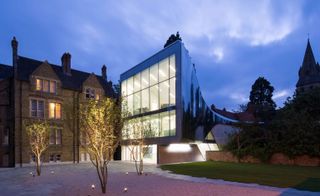
The Middle East Centre at St Antony’s College, Oxford
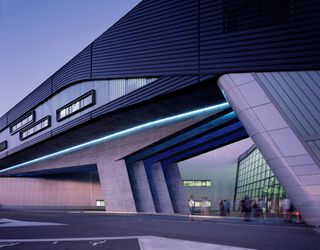
BMW Central Building in Leipzig, Germany (2005).
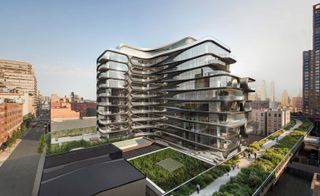
520 West 28th Street was Zaha Hadid’s first residential build in New York City, due to be completed in June 2016
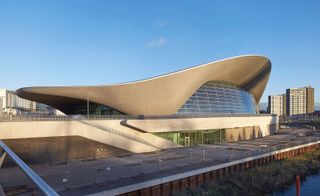
London Aquatics Centre, built for the 2012 Olympic Games (2005–2011)
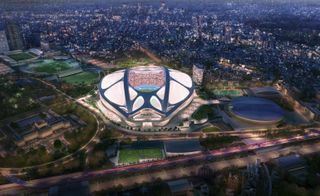
New National Stadium, Japan
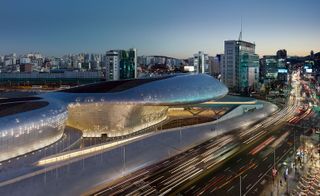
Phaeno Science Centre in Wolfsburg, Germany (2000–2005).
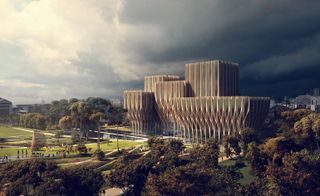
Dongdaemun Design Park & Plaza in Seoul, South Korea (2007–2013)
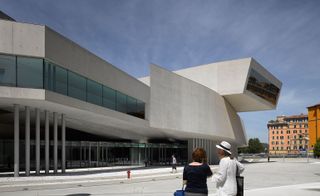
MAXXI: Museum of XXI Century Art in Rome, Italy (1998–2009).
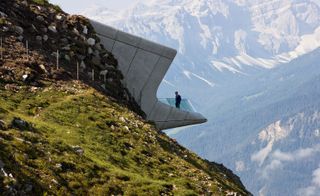
Messner Mountain Museum, Mount Kronplatz, the Dolomites.
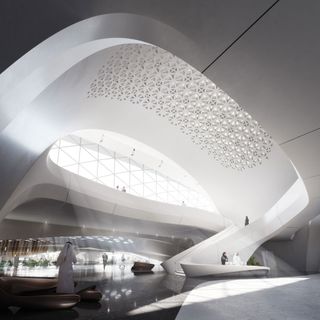
Sleuk Rith Institute in Phnom Penh, Cambodia
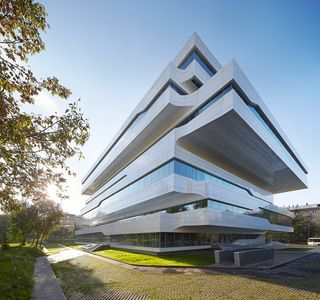
Dominion Tower in Moscow.

Dominion Tower in Moscow.
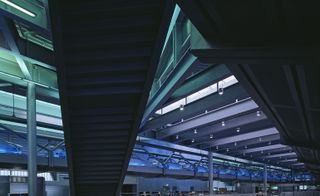
BMW Central Building, Leipzig, Germany.
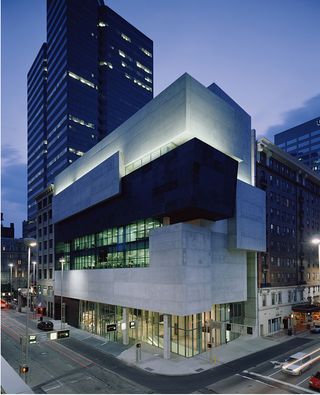
Contemporary Arts Centre, Cincinnati.
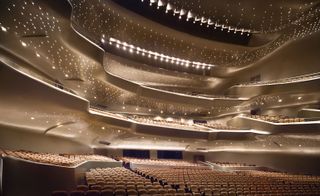
Guangzhou Opera House, Guangzhou.
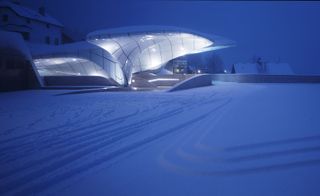
Nordpark Railway Stations, Hungerburg Station, Innsbruck
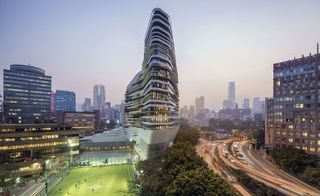
Jockey Club Innovation Tower at Hong Kong Polytechnic University.
Wallpaper* Newsletter
Receive our daily digest of inspiration, escapism and design stories from around the world direct to your inbox.
Ellie Stathaki is the Architecture & Environment Director at Wallpaper*. She trained as an architect at the Aristotle University of Thessaloniki in Greece and studied architectural history at the Bartlett in London. Now an established journalist, she has been a member of the Wallpaper* team since 2006, visiting buildings across the globe and interviewing leading architects such as Tadao Ando and Rem Koolhaas. Ellie has also taken part in judging panels, moderated events, curated shows and contributed in books, such as The Contemporary House (Thames & Hudson, 2018), Glenn Sestig Architecture Diary (2020) and House London (2022).
-
 This nostalgic exhibition dives into a century of British surfing
This nostalgic exhibition dives into a century of British surfingCornwall's National Maritime Museum charts the history of waveriding on England's south coast
By Tianna Williams Published
-
 Waiheke Island is a must-visit for oenophiles and aesthetes alike
Waiheke Island is a must-visit for oenophiles and aesthetes alikeDiscover what to do during this New Zealand destination's annual Walking Festival and beyond
By Jessica-Belle Greer Published
-
 Bold colours and tactile textures: inside Bottega Veneta's second fine jewellery drop
Bold colours and tactile textures: inside Bottega Veneta's second fine jewellery dropThe collection is composed of two parts: Enlaced and Alchemy
By Hannah Silver Published
-
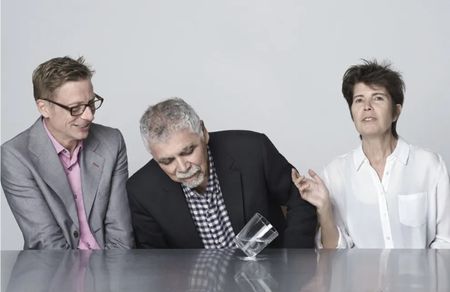 Remembering architect Ricardo Scofidio (1935 – 2025)
Remembering architect Ricardo Scofidio (1935 – 2025)Ricardo Scofidio, seminal architect and co-founder of Diller Scofidio + Renfro, has died, aged 89; we honour his passing and celebrate his life
By Ellie Stathaki Published
-
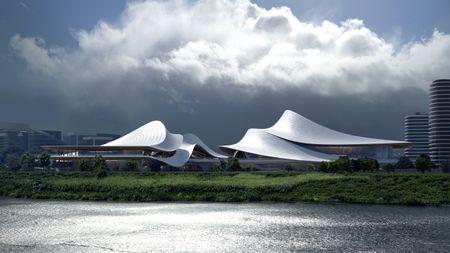 Zaha Hadid Architects reveals plans for a futuristic project in Shaoxing, China
Zaha Hadid Architects reveals plans for a futuristic project in Shaoxing, ChinaThe cultural and arts centre looks breathtakingly modern, but takes cues from the ancient history of Shaoxing
By Anna Solomon Published
-
 Zaha Hadid Architects’ new project will be Miami’s priciest condo
Zaha Hadid Architects’ new project will be Miami’s priciest condoConstruction has commenced at The Delmore, an oceanfront condominium from the firm founded by the late Zaha Hadid, ZHA
By Anna Solomon Published
-
 AI in architecture: Zaha Hadid Architects on its pioneering use and collaborating with NVIDIA
AI in architecture: Zaha Hadid Architects on its pioneering use and collaborating with NVIDIAWe talk to ZHA about AI in architecture, its computational design advances, and its collaboration with NVIDIA on design, data and the future of AI and creativity
By Jonathan Bell Published
-
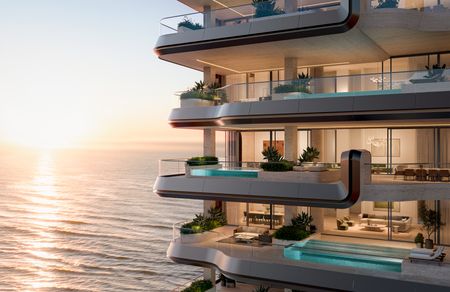 Omniyat launches The Alba, new Zaha Hadid Architects-designed residences in Dubai
Omniyat launches The Alba, new Zaha Hadid Architects-designed residences in DubaiDeveloper Omniyat announces The Alba, ultra-luxury residences managed by Dorchester Collection and designed by Zaha Hadid Architects to blend ‘nature and cutting-edge design’
By Simon Mills Published
-
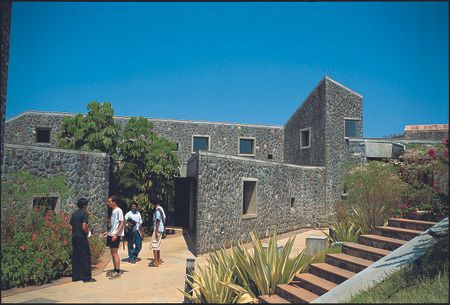 Remembering Christopher Charles Benninger (1942-2024)
Remembering Christopher Charles Benninger (1942-2024)Architect Christopher Charles Benninger has died in Pune, India, at the age of 82; we honour and reflect on his passing
By Aastha D Published
-
 Load into this reimagined Fortnite cityscape, courtesy of Zaha Hadid Architects
Load into this reimagined Fortnite cityscape, courtesy of Zaha Hadid ArchitectsA collaboration between Epic Games and ZHA, Re:Imagine London brings the architects’ modular forms into one of the world’s most popular multiplayer games
By Jonathan Bell Published
-
 The Henderson by ZHA in Hong Kong makes everyone sit up and pay attention
The Henderson by ZHA in Hong Kong makes everyone sit up and pay attentionThe Henderson, ZHA's new high-rise in Hong Kong, stands out in its coveted address through its unusual, fluted façade of glass columns
By Daven Wu Published